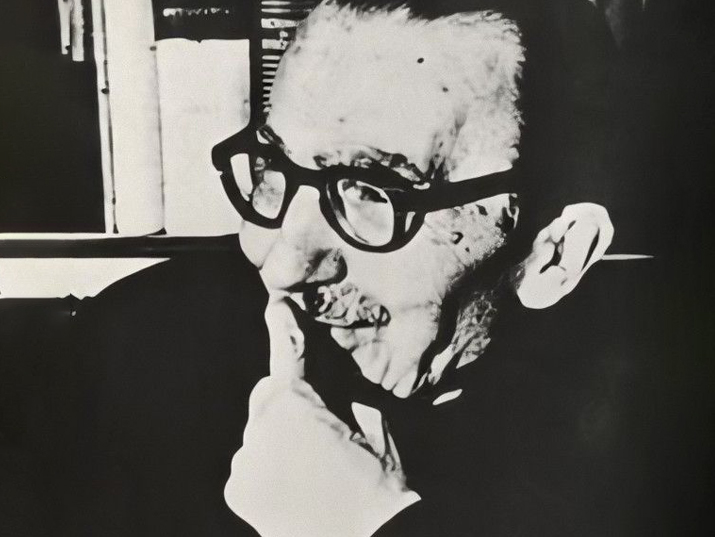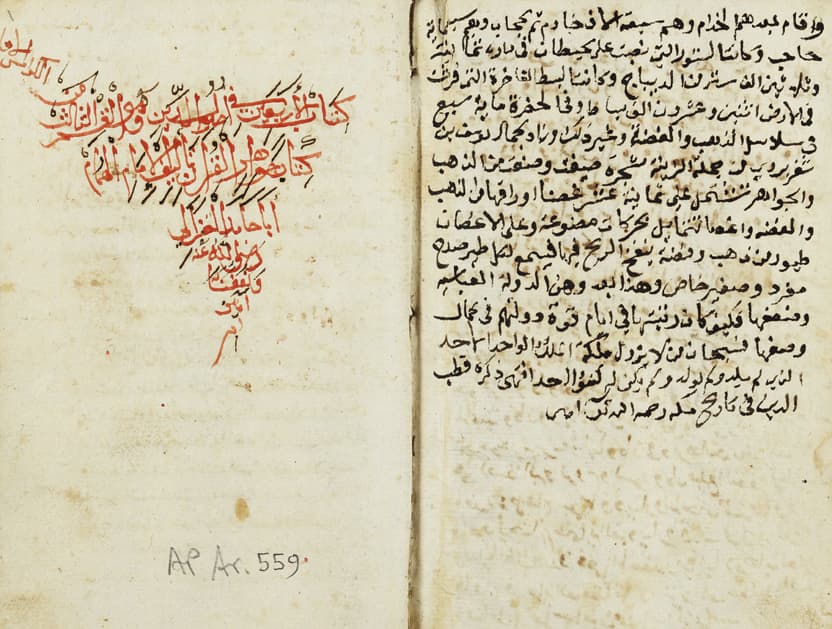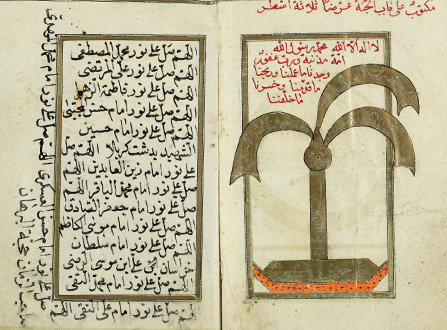Conventional wisdom positions the Naqab Bedouins in southern Palestine and under Israeli military rule as victims or passive recipients. Mansour Nasasra rewrites this narrative, presenting them as active agents who, in defending their community and culture, have defied attempts at subjugation and control. The book challenges the notion of Bedouin docility under Israeli military rule, showing how they have contributed to shaping their own destiny. This represents the first attempt to chronicle Bedouin history and politics across the last century, including the Ottoman era, the British Mandate, and Israeli military rule, and document its broader relevance to understanding state-minority relations in the region and beyond. Nasasra recounts the Naqab Bedouin history of political struggle, land claims, and defiance. Bedouin resistance to central authority, mainly through nonviolent action and the strength of kin-based tribal organization, gave them power. Through primary sources and oral history, including detailed interviews with local indigenous Bedouin and with Israeli and British officials, Nasasra shows how the Naqab Bedouin community survived strict state policies and military control and positioned itself as a political actor in the region.
| العنوان |
The Naqab Bedouins : a century of politics and resistance / Mansour Nasasra. |
|---|---|
| الناشر |
New York : Columbia University Press |
| تاريخ الإصدار |
[2017] |
| ملاحظات |
Includes bibliographical references (pages 245-271) and index. |
| رقم الرف |
Introduction -- Understanding the state project : power, resistance, and indigeneity -- Ruling the desert : Ottoman policies toward the frontiers -- British colonial policies for the Southern Palestine and Transjordan Bedouin, 1917-1948 -- Envisioning the Jewish state project -- The emergence of military rule, 1949-1950 -- Reshaping the tribe's historical order, 1950-1952 : border issues, land rights, IDPs and UN intervention -- Traditional leadership, border economy, resistance, and survival, 1952-1956 -- The second phase of military rule, 1956-1963 -- The end of military rule and resistance to urbanization plans, 1962-1967 -- Postmilitary rule, the Oslo era, and the contemporary Prawer debate -- The ongoing denial of Bedouin rights and their nonviolent resistance. |
| الشكل |
xiii, 288 pages : illustrations, maps 24 cm. |
| اللغة |
الانكليزية |
| تأريخ حقوق الملكية الفكرية |
©2017 |
| رقم النظام |
990039548510205171 |
תנאי השימוש:
حظر النسخ
قد يُحظر نسخ المادة واستخدامها للنشر، التوزيع، الأداء العلنيّ، البثّ، إتاحة المادة للجمهور على الإنترنت أو بوسائل أخرى، إنتاج عمل مشتقّ من المادة (على سبيل المثال، ترجمة العمل وتعديله أو معالجته)، بصيغة إلكترونية أو آلية، من دون الحصول على إذن مسبق من مالك حقوق التأليف والنشر ومن مالكي المجموعة.
لاستيضاح إمكانية استخدام المادة، يرجى ملء استمارة الاستفسار عن حقوق التأليف والنشر
معلومات إضافية:
قد تكون المادة خاضعة لحقوق التأليف والنشر و/ أو شروط اتفاقية.
إذا كنت تعتقد/ين أنّه قد وقع خطأ في المعطيات الواردة أعلاهُ، أو أنّك تعتقد/ين أنّ هناك انتهاكًا لحقوق التأليف والنشر بشأن هذه المادة، فيرجى التوجُّه إلينا من خلال الاستمارة التالية.
MARC RECORDS
أتعرفون المزيد عن هذا العنصر؟ وجدتم خطأ ما؟

 سجل الدخول باستخدام غوغل
سجل الدخول باستخدام غوغل
 تسجيل الدخول باستخدام فاسيبوك
تسجيل الدخول باستخدام فاسيبوك



